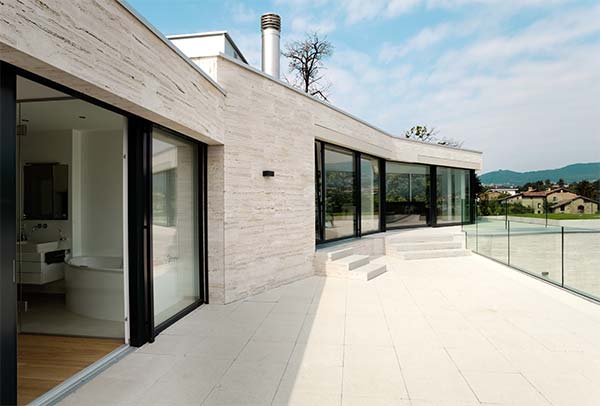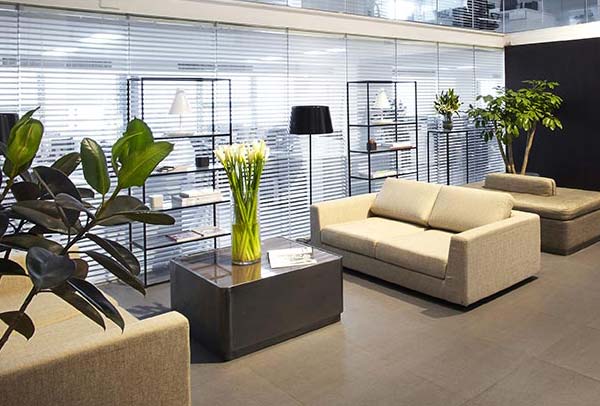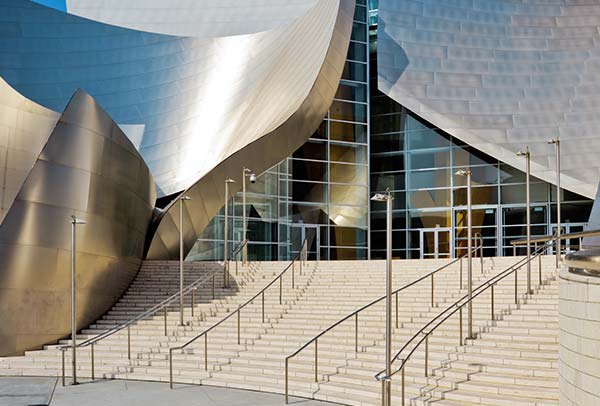
Granny Mansion Taste on a Granny flat Budget
While your heart is designing a dreamscape getaway of a granny flat, your wallet might have other things in mind.
When you catch the remodel bug and you’re excited about building a granny flat, it’s easy to get lost in the romance of winding staircases and Italian-imported tile. And getting wrapped up in a Pinterest fantasy is all fun and games, but there are surprise costs at every turn. It’s like the saying, “measure twice, cut once”, but when it comes to building your granny flat, it’s better to live by: “plan well, save money.”
Ideally, you want to know how much your granny flat will cost well before you start securing bids. Unfortunately, the remodeling industry in general lacks transparency. For far too many homeowners, the true costs for their project only become clear when you’re already part way through the project — or worse — at the end of it.
Budgeting for your granny flat properly involves budgeting realistically.
So, remember to keep the end goal in mind…plan a granny flat you are happy with that you can actually afford to complete, not just start.
Budgeting realistically means thinking of your granny flat budget like this simple equation:
Granny flat Budget = Soft Costs + Hard Costs + Contingency
Soft costs are those costs associated with non-physical expenses such as architectural and engineering fees, as well as permitting. And like we’ve talked about before, permitting is very important.
Hard costs are costs associated with actual construction like materials for plumbing, framing, or trim, as well as labor costs for completing those projects. A contingency is a predetermined amount or percentage of your budget allocated for necessary, unpredictable expenses such as an undetected water leak.
To budget for soft costs use the 20% to 29% Rule. For every $10,000 in hard costs, budget $2,000 to $2,900 in soft costs.
This equation will help reality check your granny flat project.
Here are some ballpark ranges for what soft costs should be as a percentage of your total construction costs:
Architect and/or Designer: 10-15%
Consultants: 6-8%
- Structural
- Surveyor
- Soils
- Geo-Technical
- HVAC
- Title 24 Energy
Permits and Entitlements: 4-6%
- Planning / Zoning
- Building & Safety
- Public Works
Total: 20-29% of your construction budget.
If you feel like you’re at risk of a ballooning budget, take these four steps:
Prioritize your wish list.
Start with a bare minimum of what must be done and what you cannot live without (i.e. your “must-haves”), then prioritize them. If there is budget left over, add in some of your “nice-to-have” items in order of priority. Be mindful and don’t let yourself get caught up in the romance of building your very own granny flat! Like I’ve said before, you do not get champagne results on a beer budget.
Factor in contingencies.
Things may not go according to plan. So, plan for a few additional weeks of labor and a 10-15% reserve to handle unforeseen circumstances, like an undetected water leak.
Stop yourself from saying red-flag phrases.
You shouldn’t be saying things like “While we’re at it…” and “Since they have to be up there anyway…” opening the door to adding work — and therefore time and expense — to a project. So, zip it!
Assuming you don’t have unlimited funds and don’t want to end up with a half-finished remodel or under a mountain of debt, it’s crucial to be realistic and tactical about what you can afford from the start.




No Comments